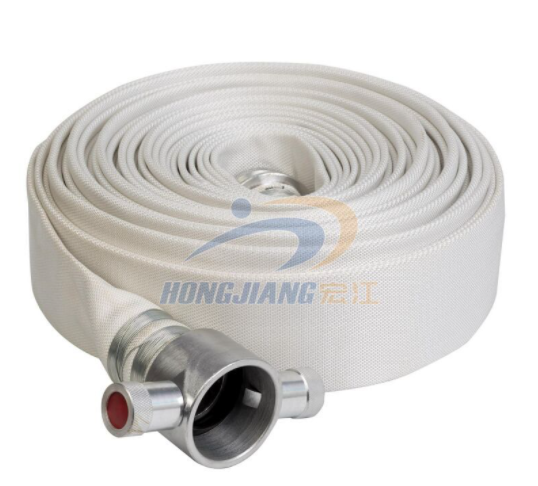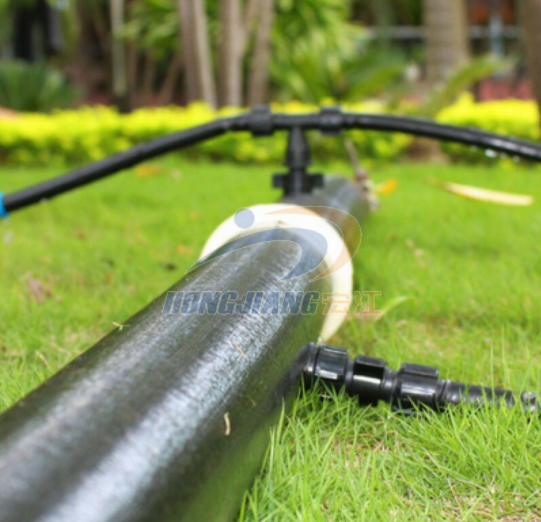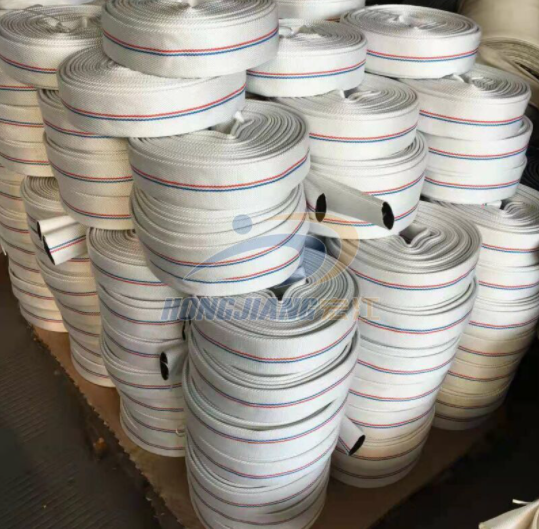Lay Flat Hose Use and Retrieval Methods
Due to its many advantages over traditional rubber and PVC hoses, Lay Flat hose can now be found throughout the industry for a variety of conveying applications. Lay flat hose is probably the most common type of hose used by fire departments to convey water from the pump to the fire scene. It is also more widely used in applications such as irrigation, construction and mining
Due to its many advantages over traditional rubber and PVC hoses, Aluminum Foil Bag can now be found throughout the industry for a variety of conveying applications. Lay flat hose is probably the most common type of hose used by fire departments to convey water from the pump to the fire scene. It is also more widely used in applications such as irrigation, construction and mining. Let's look at how it's used and put away.

Lay Flat Hose Key Features
Flexibility
Our layflat hoses are made from PVC, which means they are extremely flexible and kink resistant, which makes them easy to compress when not in use. As a result, layflat hoses are great for storage and transportation as well as being user-friendly.
Durability
The combination of woven yarn reinforcement and inseparable fusion-welded inner and outer walls make these hoses resistant to most oxidizing and reducing agents as well as dilute acids and bases. These features also help avoid decay and help avoid wear and tear.
Light weight
Although Layflat hoses are robust, the way they are manufactured means they are lightweight and easy to use and transport. layflat hoses feature a collapsible design, which means storing and removing them is both easy and simple.

Ways to roll up Layflat hoses
When your flat hose is finished, you need to empty it of water and then roll it up and put it away from the light. Depending on the situation, there are several methods of rolling the hose.
One of the most basic methods of rolling a flat hose is to roll it straight. This method is usually used when one end of the hose is secured to the faucet. To roll a hose using this method, lay the hose flat on a clean surface.
Then, begin rolling one end of the hose connected to the water source (also called the male connector) toward the other end. Make sure the coil is open enough to insert a finger into the middle.
As the coil increases in size, keep its edges aligned with the remaining hose. Once you have completed the roll, lay it flat on the ground. Then, use your foot to push down on any protruding coils.

The donut roll method is best used when the hose will be used straight out. This method makes it easier to unroll the hose and helps connect it to other fittings. Similar to the straight roll method, lay the hose flat and do not twist it.
Then, fold the hose in half, with the male end at the top, about two feet from the other or female end. Finish the roll from the folded end. When finished, check your work and make sure the male coupling is still inside the roll and the female coupling is a few feet in front of it.

Another area where Layflat hoses can be put to good use is flood cleanup, when used with a water pump. The pump sucks water from the flooded area and then uses the Layflat hose hoses to discharge it into a safe area or floodplain, often hundreds of meters away.Layflat hoses can be quickly and easily connected together with lever-lock fittings - this allows you to create the perfect length of hose for the task you need.
Available in a variety of densities and length sizes, LUHONG's flat hoses combine superior quality with a budget-friendly price tag to meet the requirements of every industry. If you need more information on how flat hoses can help you with a range of tasks, contact us today.